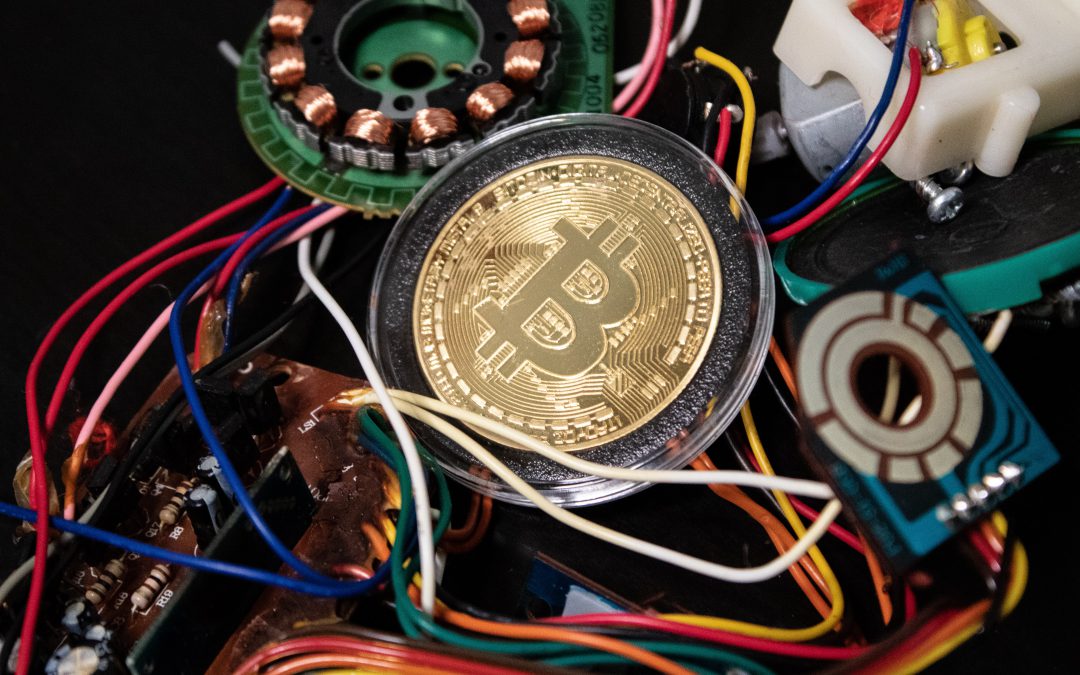To explain this concept very simply it is necessary to take into account the following aspects:
First of all, NFT stands for non-fungible token.
So, what is an NFT?
In economics, a fungible asset is something with units that can be readily interchanged – like money.
With money, you can swap a $10 note for two $5 notes and it will have the same value.
However, when something is non-fungible, this is impossible because it has unique properties so it cannot be interchanged with something else.
Let’s think about a property or a painting such as the Mona Lisa, which is one of a kind.
In reality, you can take a photo of the painting or buy a print but there will only ever be the one original painting.
So, in short, NFTs are “one-of-a-kind” assets in the digital world that can be bought and sold like any other piece of property, but they have no tangible form of their own and the digital tokens can be thought of as certificates of ownership for virtual or physical assets.

And… What is a Token?
In real life, a token can be defined as the tangible representation of “something”: it can be a fact, a quality, a feeling, etc.
In fact, all of us are surrounded by tokens in one way or another constantly. For instance, our office ID card is the proof that a company employs us.
Our driving license shows that we are qualified to drive in our countries.
Or something as simple as a hotel key serves as a token, because it shows that we have paid for our hotel room.
Likewise in the cryptoverse world a token can represent several roles because it is not limited to just one thing.
For example: it can be a toll, it can represent voting rights, value exchange, it can be used as a currency both inside and outside the ecosystem and lastly, it can represent the ownership of something unique, such as CryptoKitties, which is a game that enables players to buy and “breed” limited-edition virtual cats.

Fungible vs Non-Fungible Tokens
To understand the difference between fungible tokens and non-fungible tokens we can take into account 4 fundamental aspects:
- Interchangeability: On one hand, fungible tokens are easily interchangeable, although there is no additional value associated with interchanging fungible tokens. On the other hand, non-fungible tokens are not interchangeable as each of them represents unique assets.
- Value Transfer: When we talk about fungible tokens this aspect depends on the number of tokens in the ownership of a person, whereas the value of the unique asset represented by NFT is what really matters in their value transfer.
- Divisibility: Fungible tokens can be divided into smaller parts and the smaller parts can help in paying off the larger sums, whereas NFTs are not divisible and have their value as a whole entity.
And last but not the least…
- Indestructible: Because all NFT data is stored on the blockchain via smart contracts, each token cannot be destroyed, removed or replicated. Ownership of these tokens is also immutable, which means gamers and collectors actually possess their NFTs, not the companies that create them.

The importance of NFTs
NFTs came to prominence in 2017 with the above-mentioned CryptoKitties game, despite the fact that this technology has existed since what we know today as blockchain has existed, it just had not been commonly used or at least not enough success stories had been verified.
Gaming
From there, game developers adopted NFTs in a big way to allow gamers to win in-game items such as digital shields, swords or similar prizes, and other game collectibles.
Tokenization of game assets has been pivotal, since it enables transferring tokens between different games or to another player via NFT specialized blockchain marketplaces.
Digital art, music, media
Besides gaming, NFTs are frequently used to sell a wide range of virtual collectibles, including NBA virtual trading cards, music, digital images, video clips and even virtual real estate in Decentraland, a virtual world.
It is considered that currently, according to the website nonfungible.com – a website that tracks NFT projects and marketplaces – the value of the total NFT market is $250 million dollars.
For those reasons, the NFT market is likely to grow further because any piece of digital information can easily be “minted” into an NFT, a highly efficient way of managing and securing digital assets.
The NFT technology has been gradually increasing in recent years worldwide. Millions of users prefer this blockchain-based platform as it is more reliable and efficient since the value is rising in the marketplace.
Many companies worldwide are stepping forward to tokenize their own NFTs with the latest features. The creation of the NFT market is challenging and attracts many users and developers, as NFT recorded more gains in the exchange rate.

At Inmind Software we are ready to help you every step of the way.
If you want to know more about the fascinating world of blockchain stay tuned to our next article where we will discover much more information about collectibles and digital art.

 Co-Founder & CEO @ Inmind - Blockchain & Mobile Expert | DAO / Tokenization / Web3 | CTO @ Brainstems (Former TIEX) | Board Member @ CUTI
Co-Founder & CEO @ Inmind - Blockchain & Mobile Expert | DAO / Tokenization / Web3 | CTO @ Brainstems (Former TIEX) | Board Member @ CUTI